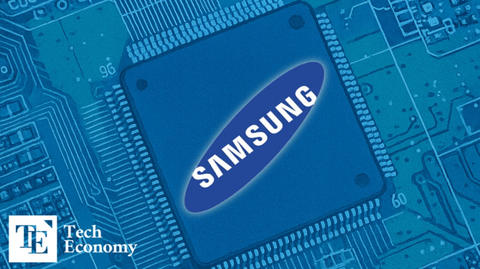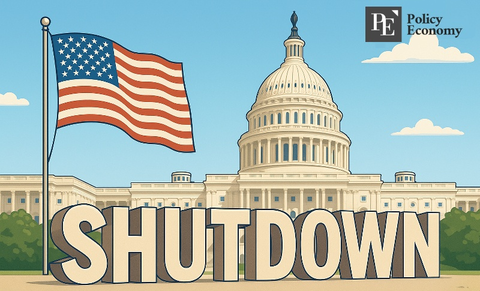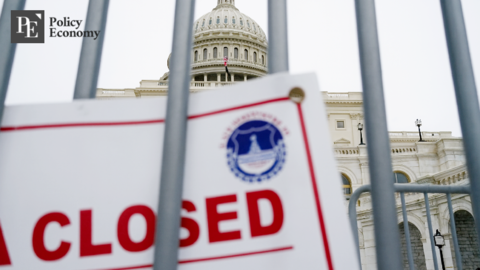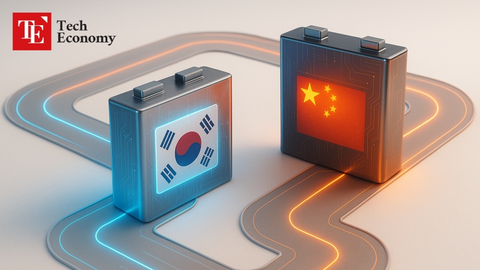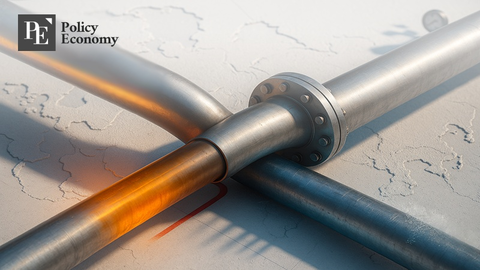Intel's Foundry Division Spin-Off: Masterstroke or Poisoned Chalice?
Input
Modified
WSJ: "Intel Must Spin Off Foundry Business to Escape Management Crisis" Earlier this year, speculation went beyond a spin-off to a possible sale. Intel insiders, however, are focused more on improving technological capabilities than restructuring.
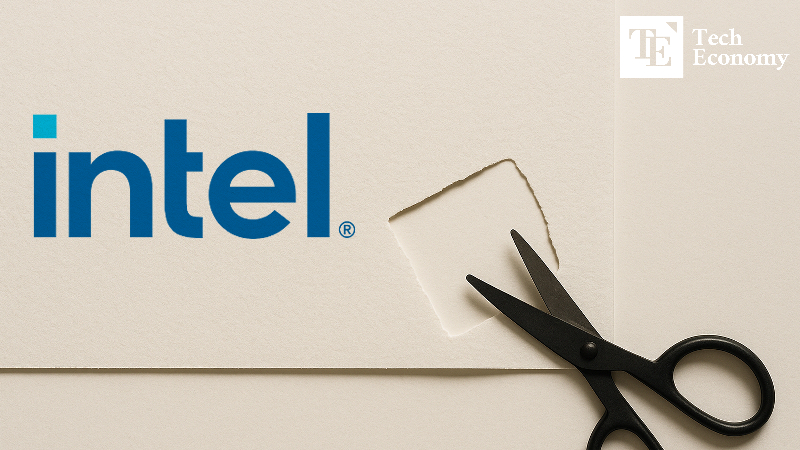
Calls are growing for U.S. chipmaker Intel to spin off its foundry division in order to enhance competitiveness. Analysts argue that separating the foundry business could help attract clients—particularly rival chip designers—and fundamentally improve service quality. However, both current and former Intel executives have pushed back on this notion, claiming that a spin-off would be a mistake and that technological innovation is the key to regaining competitiveness in the foundry market.
Talks of Intel Foundry Spin-Off Resurface
On June 15 (local time), The Wall Street Journal (WSJ) reported that Intel should split off its foundry business to escape its ongoing management and technological crisis, and to better compete with companies like Taiwan’s TSMC. In 2021, Intel re-entered the foundry business with the ambitious goal of becoming the world’s second-largest foundry by 2030. However, it has struggled to catch up with TSMC and Samsung Electronics in semiconductor manufacturing, failing to establish a strong market presence. Intel’s foundry division posted an operating loss of USD 2.32 billion in Q1 of this year alone, following a loss of USD 13.4 billion in 2023.
WSJ suggests that spinning off the foundry unit could resolve these issues. Since many potential customers—such as Nvidia and AMD—are also competitors in chip design, separating the design and foundry operations could help reduce conflict of interest and make it easier to bring in external clients. WSJ also argues that the cultural limitations of Intel's foundry business could be overcome through a spin-off. The division has long been criticized for prioritizing in-house production over serving outside customers, failing to establish a customer-centric service model.
This isn't the first time the idea of separating Intel’s foundry business has been floated. In August last year, Bloombergreported that Intel was reviewing options including a split of its design and foundry businesses, and the cancellation of expansion projects for its manufacturing facilities. Citing anonymous sources, the report said investment banks Morgan Stanley and Goldman Sachs were advising Intel on potential M&A opportunities.
TSMC and Broadcom Reportedly Eye Intel’s Business
In February, reports emerged that TSMC was considering acquiring and operating Intel’s U.S.-based chip plants. According to Bloomberg, figures associated with the second Trump administration had recently proposed collaboration between TSMC and Intel, and TSMC responded positively. The report added, “Talks are in their early stages and a specific collaboration framework has not been decided,” but noted that “TSMC is open to operating Intel’s U.S. plants.”
This was not the first such approach—TSMC reportedly received a similar proposal during the Biden administration but rejected it due to concerns over technology leakage. Given TSMC’s dominant market position with major clients like Nvidia and Apple, there was little incentive for them to take that risk. However, the Trump camp appears more determined to push the deal forward regardless of those concerns.
Some have also speculated that Broadcom might acquire Intel's chip design unit after TSMC acquires the foundry division. In the same month, WSJ reported that Broadcom had reviewed the possibility of acquiring Intel’s design and marketing operations. With a potential buyer for the foundry unit emerging, Broadcom could step in to acquire the rest. However, WSJ clarified that Broadcom was not working directly with TSMC in this matter.
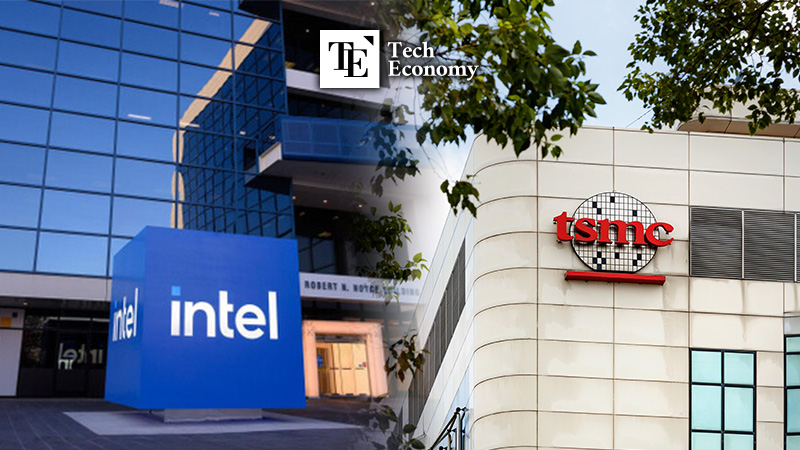
“Technology First,” Say Intel Executives Past and Present
While the idea of spinning off the foundry unit is gaining momentum in the market, those familiar with Intel’s internal affairs have expressed skepticism. In March, former Intel CEO Craig Barrett wrote in Fortune that Intel is in a position to reclaim its leadership and that “breaking the company into pieces to try and regain leadership would be the most foolish move.”
Barrett emphasized that in the semiconductor industry, “the best technology wins,” and argued that Intel’s foundry struggles stem not from structural issues, but from lagging technical capabilities. “The reason all independent chip designers use TSMC is because TSMC has the best technology,” he said. “If Intel can match or surpass TSMC, companies will choose Intel.” His message: spinning off the foundry division won't fix the problem—superior technology will.
Newly appointed Intel CEO Lip-Bu Tan echoed this stance in a message to employees after taking the helm in March. “I joined Intel because I believe we can win,” he said. “Intel plays a critical role in the U.S. and global tech ecosystem, and together, we can turn this business around.” He added, “In areas where we’re behind, we need to take risks, innovate, and leap forward,” emphasizing that Intel will “reclaim its stature as a global company and build a world-class foundry business.”

